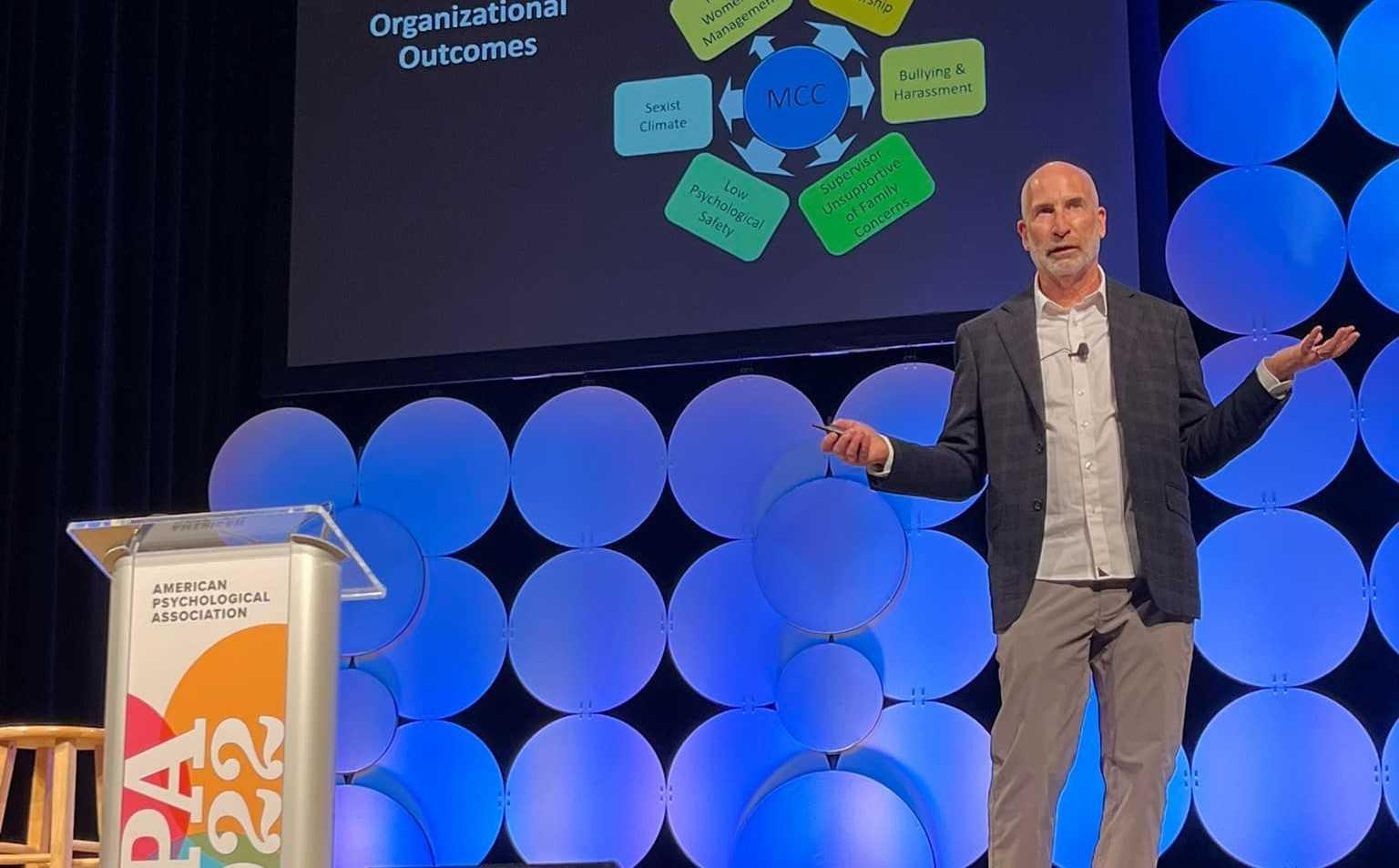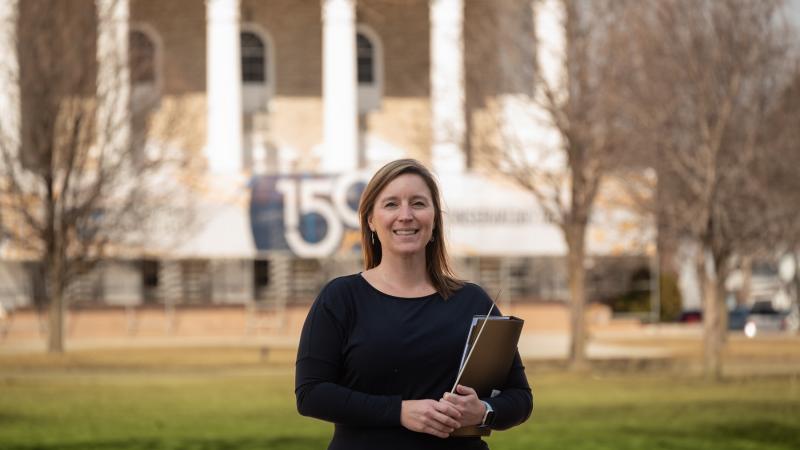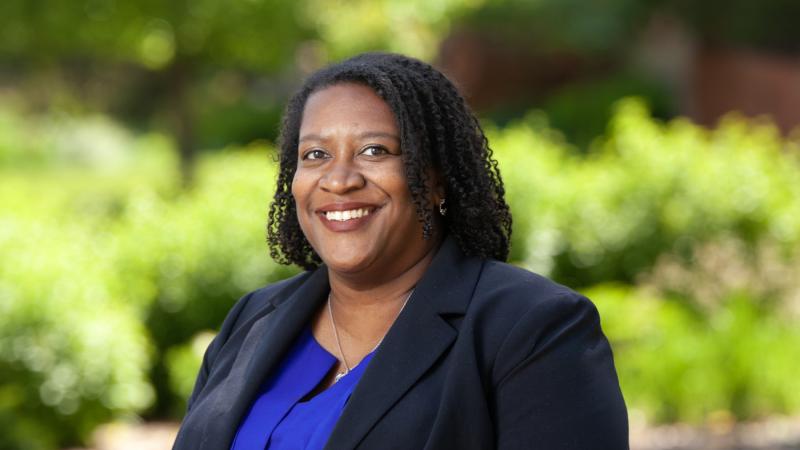Lawrence University psychology professor Peter Glick, along with Susan Fiske of Princeton and Amy Cuddy of Harvard, co-authored a 2002 paper introducing the “stereotype content model” of prejudice. Two decades later, the paper is being honored by the Society of Experimental Social Psychology (SESP) for its long-standing influence on the field of social psychology.
SESP is presenting the authors with its 2022 Scientific Impact Award, one of the organization’s highest honors, awarded for a contribution that has "proven highly influential" over 20 or more years.
“The award is really for something that has stood the test of time,” said Glick, the Henry Merritt Wriston Professor of the Social Sciences and professor of psychology at Lawrence. “I think one of the things they go by is how has this really impacted the field, how often is it cited. It’s been a really highly cited paper.”

Peter Glick
The “stereotype content model” paper explored a theory of stereotyping and bias that looked at prejudice as being more than a consistent or uniform antipathy.
Following Gordon Allport’s lead, social psychologists previously thought prejudice “could range from a mild dislike leading to avoidance to a burning hate and rage that can lead to attack,” Glick said of the earlier definition. “But it’s all on one dimension.”
With Fiske as the lead author, the trio developed the “stereotype content model” that added layers and nuances in an effort to better understand and respond to prejudices of all kinds. They established that people perceive groups on two core dimensions—warmth and competence—with many groups being seen as high on one dimension but low on the other. Groups seen as warm but incompetent are liked but not respected. People may feel warmly toward them, but deny them challenging assignments and view them as incapable for leadership roles. Groups seen as competent but not warm are respected, but disliked. As a result, people may hold conspiracy theories about them as powerful enemies, leading to hostility and attack. Both experience discrimination, whether due to low expectations or resentment.
“The ‘stereotype content model’ gained a lot of credence, led to a lot of research, and had a lot of influence in how we think of prejudice,” Glick said. “It has built momentum along the way. As more people started to use it, it got spread beyond social psychology. Now we see people citing it from other fields, outside of psychology.”
Study closely with faculty whose expertise spans a wide swath of the psychology discipline
The work wasn’t done in a vacuum. Other social psychologists were exploring related theories, one building on another. The research doesn’t solve the issues around prejudice, but it provided new frameworks to address it that can be seen today in everything from anti-bias workplace training to bias-focused court cases.
“I think we were one of the early influences where now people have really re-thought how we define prejudice,” Glick said.
Glick, a social psychologist whose sub specialty is the study of prejudice, collaborated with Fiske and Cuddy on the 2002 paper after he and Fiske had partnered on an earlier paper, The Ambivalent Sexism Inventory: Differentiating Hostile and Benevolent Sexism. In that paper, with Glick as the lead author, they posed a theory that distinguishes benevolent sexism—a term Glick and Fiske coined—from hostile sexism. The latter is easily recognizable; but benevolent sexism, they argued, is a more subtle form of discrimination, with a woman being praised and encouraged while simultaneously being undermined in the workplace.
Since then, Glick has been a sought-after media source on issues of sexism, masculine identity, stereotypes, and anti-bias training, has authored several books on related topics, and has been called multiple times to testify in federal courts on issues of bias.
Benevolent sexism is “not about opening doors for women; it’s about these assumptions that are made so you don’t even give them a chance,” Glick said. “It’s not as blatant as hostile sexism, but benevolent sexism undermines women by denying them opportunities, it’s patronizing. And it undermines collective action. You really do need to understand how these things work together.”
The writing of the “ambivalent sexism” paper led to the broader exploration of the “stereotype content model” that is now being honored by SESP, Glick said. He, Fiske, and Cuddy are expected to receive the Scientific Impact Award in October.
A member of the Lawrence faculty since 1985, Glick had another significant moment this summer. He was invited by the American Psychological Association to deliver a keynote address at its national convention in Minneapolis in early August. He spoke on how stereotypes of masculinity can hinder access to certain academic fields and why subtle adjustments in messaging can make a difference.




